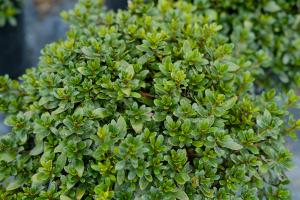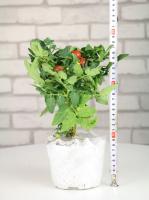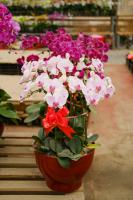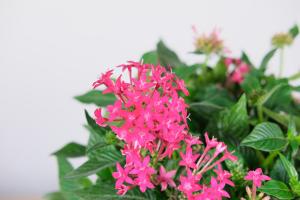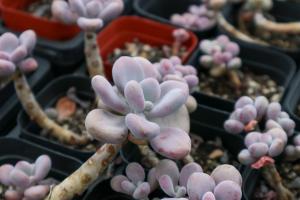Introduction
Planting a vegetable garden can be a fun and rewarding experience, but it can also be a challenge to know which plants can be grown together. When it comes to planting peppers and tomatoes together, there are a few things to consider. In this article, we will explore the benefits and drawbacks of planting these two vegetables together, as well as provide tips on how to do it successfully.
The Benefits of Planting Peppers and Tomatoes Together
One benefit of planting peppers and tomatoes together is that they have similar nutrient requirements. They both require a lot of water and nutrients, including nitrogen, phosphorus, and potassium. By planting them together, you can ensure that they are both getting the proper nutrients they need to grow and produce fruit.
In addition, these two plants can help each other out in terms of pest control. Tomatoes are susceptible to pests like aphids and whiteflies, while peppers are less attractive to these pests. By planting them together, peppers can act as a natural pest repellent for your tomato plants.
The Drawbacks of Planting Peppers and Tomatoes Together
While there are benefits to planting peppers and tomatoes together, there are also some drawbacks to consider. One drawback is that they may compete for resources like sunlight, water, and nutrients. This can lead to stunted growth and reduced yields for both plants.
In addition, peppers and tomatoes can also be susceptible to some of the same diseases, such as blight and verticillium wilt. By planting them together, you may increase the risk of these diseases spreading between the two plants.
Tips for Planting Peppers and Tomatoes Together
If you decide to plant peppers and tomatoes together, there are a few things you can do to increase your chances of success. Here are some tips:
Choose varieties that have similar growing habits and requirements. For example, if you choose a determinate tomato variety, choose a determinate pepper variety as well.
Plant them in different areas of your garden to reduce competition for resources.
Make sure to rotate your crops each year to reduce the risk of disease.
Provide plenty of space between plants to ensure good airflow and reduce the risk of disease.
Use companion plants like basil or marigolds to help repel pests and attract beneficial insects.
Monitor your plants closely for signs of disease or pest infestation and take action promptly if necessary.
Conclusion
Planting peppers and tomatoes together can be a great way to make the most of your garden space and improve your chances of a bountiful harvest. While there are benefits and drawbacks to this approach, following these tips can help you maximize your success. With a little planning and care, you can enjoy a delicious crop of both peppers and tomatoes this growing season.

 how many times do yo...
how many times do yo... how many planted tre...
how many planted tre... how many pine trees ...
how many pine trees ... how many pecan trees...
how many pecan trees... how many plants comp...
how many plants comp... how many plants can ...
how many plants can ... how many plants and ...
how many plants and ... how many pepper plan...
how many pepper plan...
